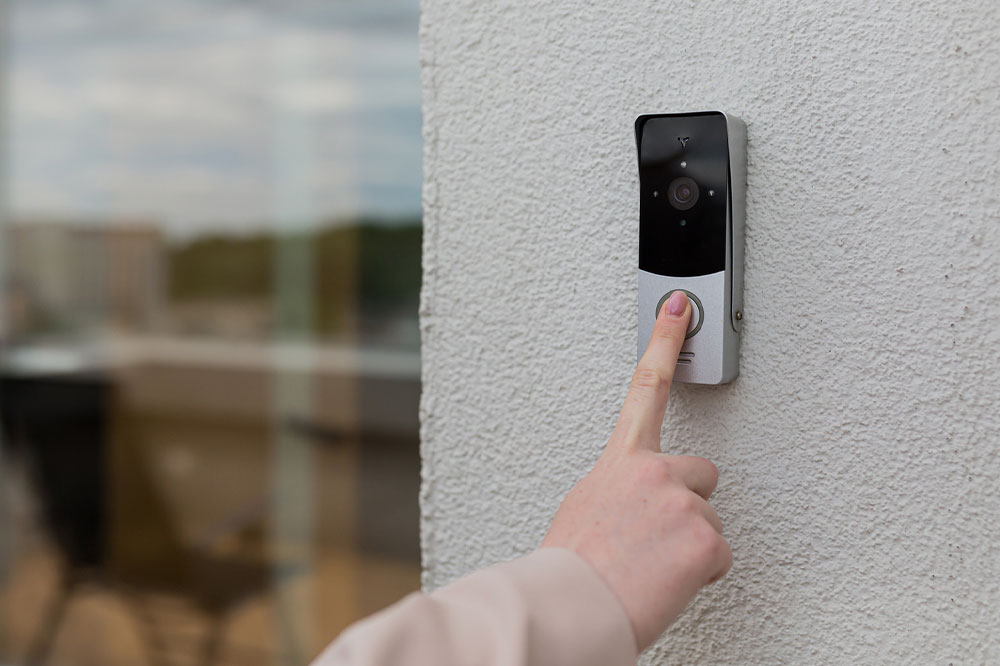Top 7 packaging mistakes to avoid

With brands constantly vying for consumers’ attention, packaging is an aspect that can make or break the first impression. It can also shape a customer’s journey. But creating the perfect package is an art, as it is not just about getting the right boxes and designing clear labels; it is about crafting an experience that impresses a new buyer and converts them into a brand loyalist. So, here are packaging mistakes to avoid:
1. Wrong packaging material
A common packaging mistake is to avoid choosing the wrong material for the package. The container is one of the crucial parts of keeping the products inside safe. The importance of choosing the right kind of corrugated cardboard boxes cannot and should not be overlooked. Selecting the wrong material might mean customers receive a damaged product or container, which can make the consumer think poorly of the brand and avoid repurchasing. They could also leave negative reviews for the company if they receive a damaged or improper package. This disappointment can be avoided by simply putting some extra into the box or container one chooses for the product. One may also want to choose secure, double-walled boxes instead of single-walled ones to secure the product further.
2. Excessive packaging
Excessive packaging can cost the company in terms of valuable resources, time, and money. In addition, it may not necessarily contribute to a good customer experience. The time-consuming unboxing experience can go a long way in negatively impacting brand perception. While it is important to secure the product, packaging that does not add any value or safety to the product can irritate the buyer and increase impatience and disappointment while unboxing. Further, overusing non-biodegradable, harmful packaging material can also disappoint buyers. So, if one has to opt for such materials, they should use as little of these materials as possible.
3. Generic designs
Generic designs can prevent businesses from standing out. In addition, basic designs can be highly unappealing and fail to represent the brand. Packaging is a great way to communicate with the buyers, so it should align with the intended brand image. Packages should be carefully designed and reflect the brand’s message and product quality. A lack of originality might push potential users away.
4. Illegible labels
Adding labels to the package that are difficult to read can do a lot of harm. Illegible printing can take away from a carefully crafted package and also negatively impact the user’s shopping experience. It is a mistake that can be easily avoided. So, before finalizing a label, one should ensure that it is easily readable and clear, with appropriate spacing between each letter, word, and sentence.
5. Typographical errors
In addition to choosing clear labels, one should avoid sending packages with spelling mistakes. Typographical errors are a universal deterrent for customers, as they can make the brand seem ignorant, inattentive, and unprofessional. The errors could be as simple as spelling the customer’s name wrong or an error in the brand information. So, it is important to proofread all the text on the package before shipping it. Brands should ensure precise and clean communication that is coupled with the right spelling and grammar. This may seem like an unnecessary step, but it can help build the consumer’s trust in the brand. While getting the text right can often go unnoticed, getting it wrong can, more often than not, disappoint the buyer and lower the chance of repurchasing. So, all one has to do is double-check the copy before finalizing the package.
6. Complicated designs and packages
With packaging, it is important to keep it simple. Using this as a guideline, brands can go a long way in enhancing brand awareness and marketing success. One may want to choose a complex design to stand out. But, one should try to revisit what they like about some of the most popular brands. In most cases, the simplicity of messaging, packaging, or the logo sticks with consumers. Complicating things might mean one is making it difficult for consumers to remember their message, design, and logo. So, one should take away all the unnecessary data and narrow it down to the strictly the most necessary information. This will help create a better, identifiable, and unique brand identity when designing a package. One should pick designs that are unique but are not complicated to the extent that the message is lost. Further, choosing elaborate boxes and packaging can make it difficult for buyers to quickly access the product. So, one should opt for secure but easy-to-open packages to ensure a hassle-free customer experience.
7. Incorrect box size
The size of the box should align with the size of the product for a couple of reasons. First, it will ensure that the product is well protected and reduce the chances of damage from the product popping out of the package or moving too much in transit. Second, oversized boxes can be misleading as well as disappointing for customers who have to unbox a huge container for a much smaller product. While it is easier and cheaper to use the same box for products of all sizes, it is crucial to choose an appropriately sized package for the product to meet customer expectations and prevent damage during transit.







